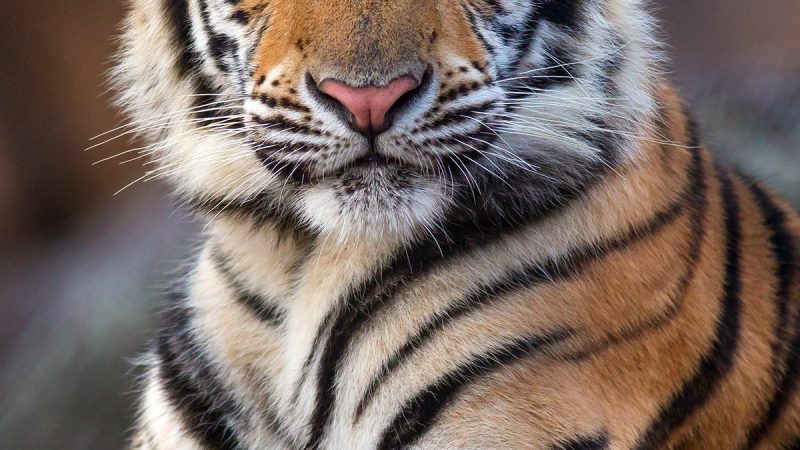Discovering the Mystical Beauty of the Greater Sage-Grouse: Unveiling a Charismatic Icon of the Western Landscape

The Greater Sage-Grouse (Centrocercus urophasianus) is a captivating bird species that holds a special place in the heart of the western landscape in North America. With its enchanting mating displays and breathtaking plumage, this unique bird has become an emblem of the sagebrush ecosystems. Join us on a journey as we explore the characteristics, habitat, conservation status, and ongoing efforts to protect the Greater Sage-Grouse.

The Greater Sage-Grouse is a magnificent avian creature, measuring between 25 to 30 inches (64 to 76 cm) in length and weighing an average of 2 to 7 pounds (0.9 to 3.2 kg). Its distinguishing feature is the intricate, elongated feathers adorning its breast and neck, which can expand or contract depending on its posture and mood. Males proudly display these remarkable plumes during mating rituals, captivating females with their awe-inspiring beauty.

This splendid species is predominantly found in sagebrush-steppe ecosystems, characterized by vast stretches of sagebrush, native grasses, and scattered shrubs. These habitats offer vital resources to the Greater Sage-Grouse, including food, shelter, and nesting sites. They have adapted to thrive in arid and semi-arid regions across eleven western states in the United States and two provinces in Canada.

However, the conservation status of the Greater Sage-Grouse has become a matter of concern due to habitat loss, fragmentation, and the impact of human activities such as urban development, mining, renewable energy projects, and livestock grazing. These factors have contributed to the decline of sagebrush habitats, posing a significant threat to the survival of this iconic species.

In 2010, the U.S. Fish and Wildlife Service recognized the importance of protecting the Greater Sage-Grouse and deemed it eligible for protection under the Endangered Species Act. However, it was not listed as an endangered species at that time, largely due to voluntary conservation efforts by various stakeholders. This decision prompted collaborative conservation plans to be formulated and implemented across the bird’s range, aiming to safeguard both the Greater Sage-Grouse and its habitat.

Preserving the Greater Sage-Grouse necessitates a multi-faceted approach involving federal, state, and local agencies, private landowners, and conservation organizations. Key conservation strategies include habitat restoration, land management practices that sustain or enhance sagebrush habitats, predator management, and minimizing disturbances during critical stages of the bird’s life.

Numerous initiatives have been launched to protect and restore sagebrush ecosystems. These endeavors concentrate on mitigating the impact of wildfires, combating invasive plant species, and regulating infrastructure development. Moreover, partnerships have been forged among landowners, government agencies, and non-profit organizations to implement conservation measures and facilitate landscape-scale planning, ensuring the long-term survival of the Greater Sage-Grouse.
The Greater Sage-Grouse symbolizes the essence of the North American sagebrush ecosystem, captivating us with its mystical beauty. By understanding and appreciating this charismatic icon, we can work together to preserve its habitat, safeguard its future, and ensure that generations to come can continue to marvel at the awe-inspiring presence of the Greater Sage-Grouse in the western landscape.



